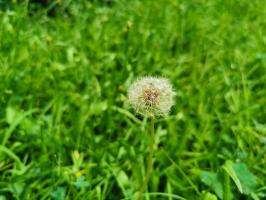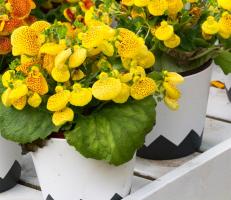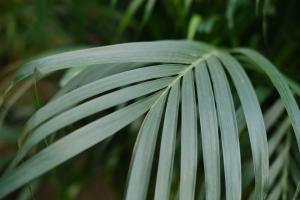1. Soil
The first requirement is more nutrition, looseness and ventilation. In addition, according to the characteristics of the plant, the pH should be between six and seven, that is, the neutral soil
2. Illumination
Plants prefer light and should be maintained in sunny places at ordinary times. Especially when the temperature is 28 degrees lower, light is more important. However, the stronger the light is, the better. Plants are afraid of direct light and should be properly shielded when encountering it
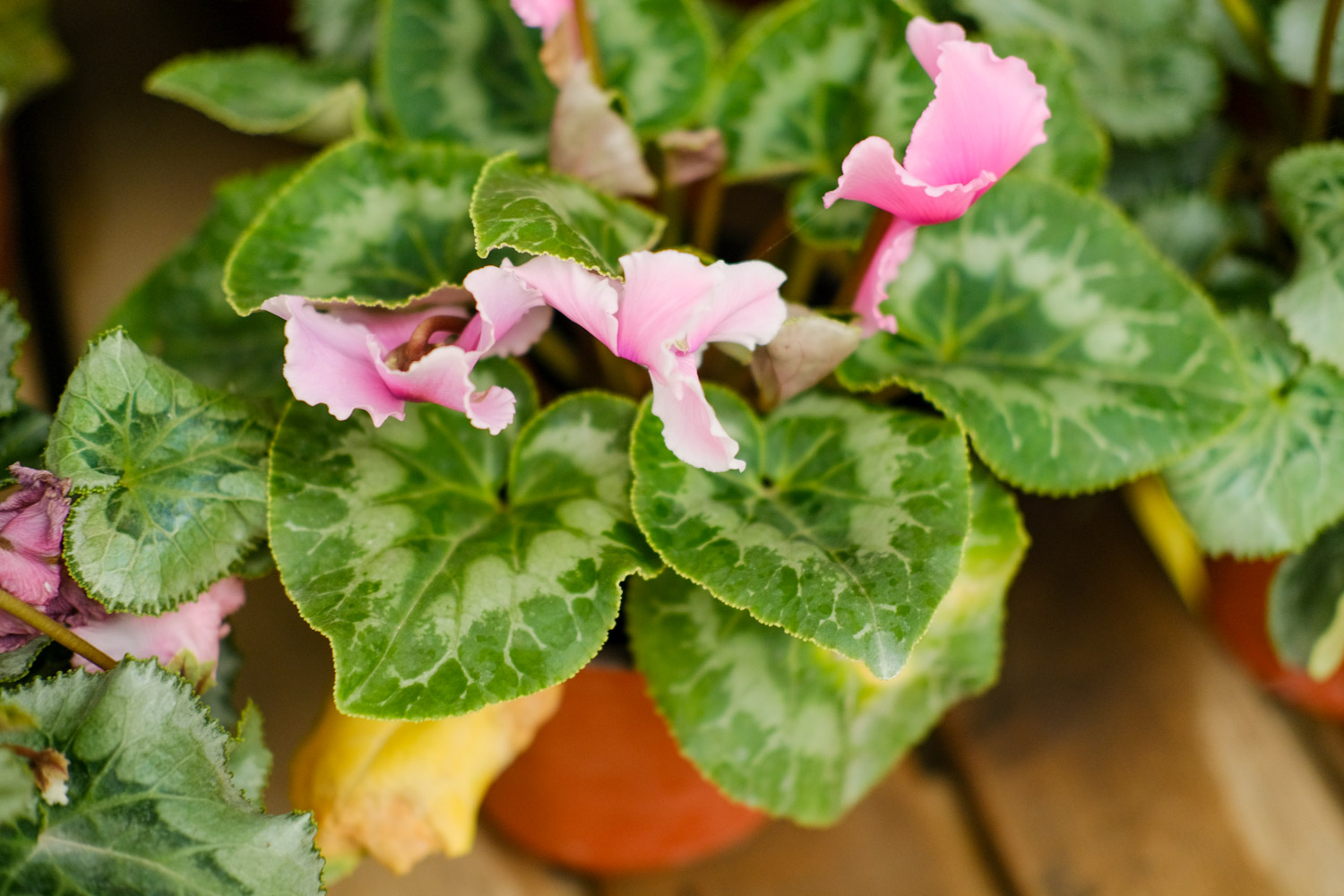
3. Watering
Plants like to be wet, but they are also afraid of waterlogging. Too much water will rot its roots and die in serious cases. Therefore, keep the soil moist and do not accumulate water
4. Temperature
The most suitable temperature is 10 degrees to 20 degrees, which is most conducive to plant growth. Below five degrees, the growth rate slows down; Higher than 30 degrees, the plant will enter dormancy; If it is higher than 35 degrees, it is easy to rot. Therefore, it is best not to be higher than 30 degrees in summer and lower than zero degrees in winter
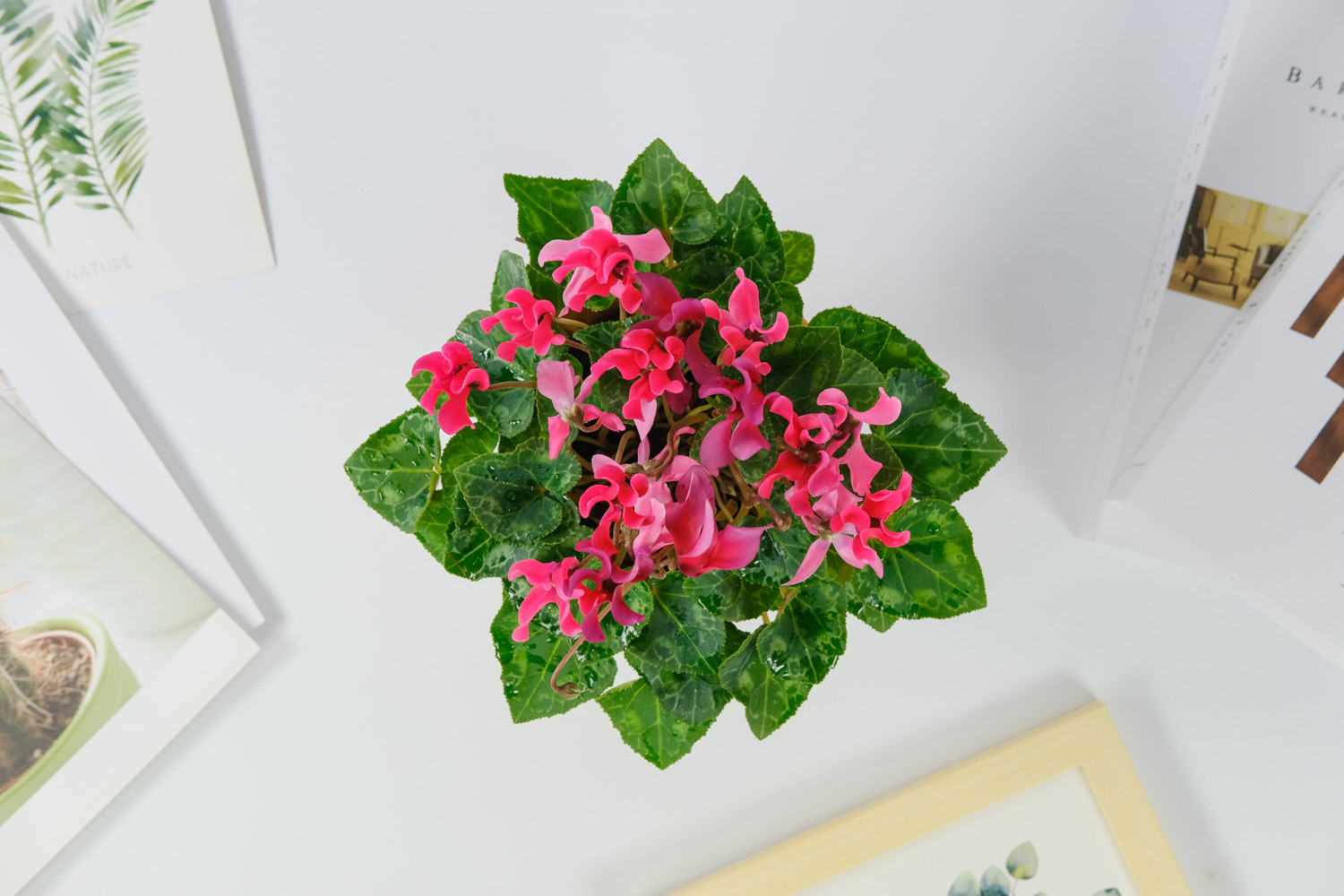
5. Fertilization
In the spring and autumn of growth period, potassium dihydrogen phosphate with a concentration of 0.2% shall be applied at a time. Pay attention not to apply too much nitrogen fertilizer during flowering, otherwise the branches and leaves will grow too fast and the flower life will be short
6. Ventilation
Dirty air or too much smoke in the air will make the petals wither quickly, so it needs regular ventilation, but don't put it at the air outlet
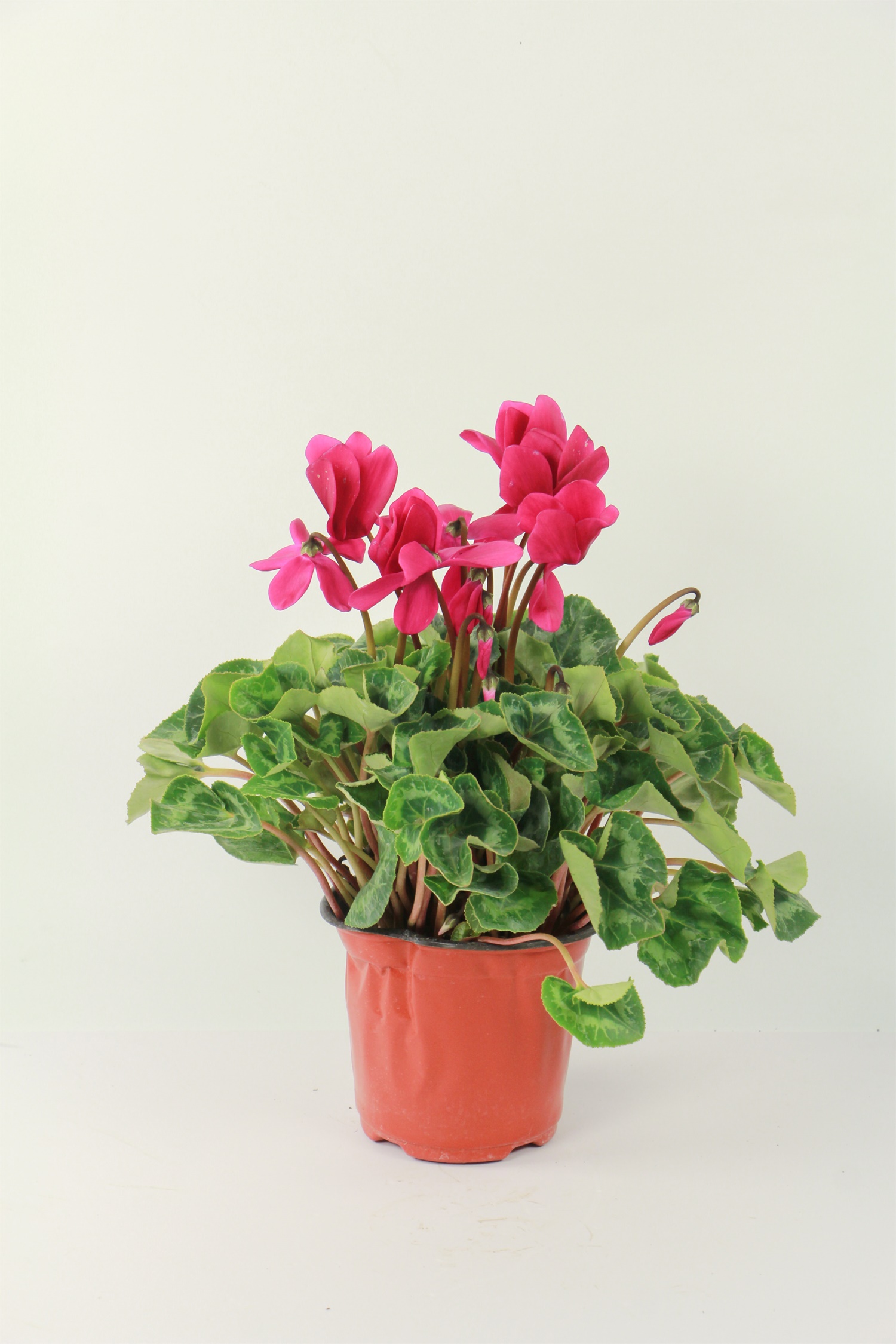

 jackfruit
jackfruit snake plant
snake plant hibiscus
hibiscus hydrangea
hydrangea lavender
lavender Green roses climb al...
Green roses climb al... If you don't pay att...
If you don't pay att... Management of four g...
Management of four g...


